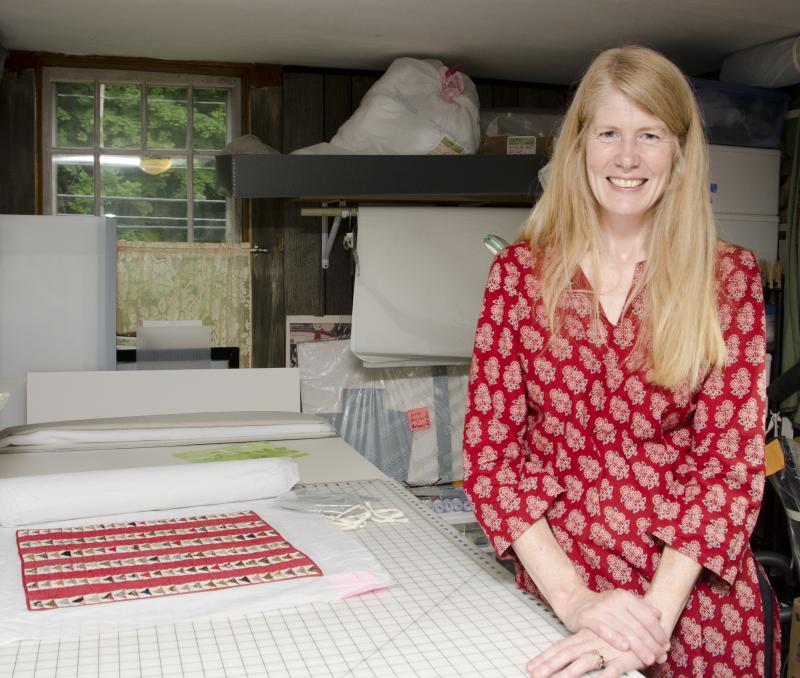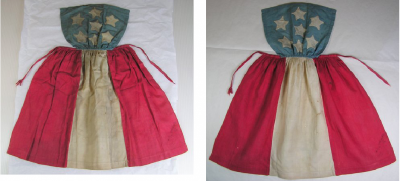Rochester conservationist puts historic textiles in 'ConText'
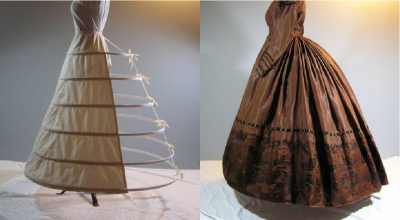
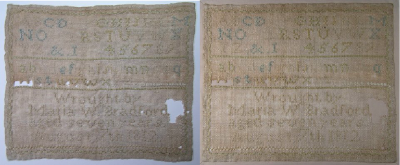
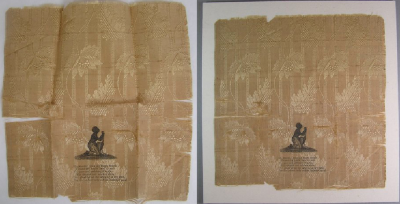
Rochester resident Kathryn Tarleton says preserving historical dirt may sound strange, but it’s part of her work.
Distinguishing between good dirt and bad dirt is part of Tarleton’s job. As co-owner of ConText, Tarleton repairs and conserves historic textiles, costumes and fiber art.
“It’s like historical preservation of buildings or paintings. It’s all preservation of cultural property,” she said.
So sometimes it’s her ethical responsibility to let a hole or dirt remain because it is all part of the piece’s history.
But Tarleton doesn’t usually get to the conceptual aspect of her work.
“People sort of glaze over when you say ‘textile preservation’,” said Tarleton, aware that her chosen profession is a niche market.
So what is textile conservation? There’s no easy answer, and every project is different.
For the 150th anniversary of a wedding dress, Tarleton might be commissioned to stitch torn lace, repair tattered silk and recreate a hoop skirt. For a threadbare Confederate quilt, she might track down calico reprints from the 19th century to repair a hole.
Some pieces are so delicate that Tarleton can only wash them (by hand, of course) and add a supportive backing to keep them from further deteriorating.
“Textiles are like bodies without skeletons. We have to do that for them,” said Tarleton who started ConText in 2001 with her friend Charlotte Hamil.
Conserving historic textiles is a delicate process that requires a trained eye, from knowing the exact dyes used in every piece of fabric on a patchwork quilt to the construction of couture Chanel garments. But, Tarleton, who also makes historic costumes, said she was made for this job.
“As a kid I was always interested in historic costumes and needlework,” said Tarleton. “At age 10 I started sewing for myself. It was just what I did.”
As an undergraduate, Tarleton studied theatrical costume design, but she didn’t discover textile conservation until working at the Rhode Island School of Design.
“I was always happier when they sent me over to the historical textile conservation department,” said Tarleton who has a master’s in Historic Textiles and Conservation from the University of Rhode Island.
Over the past 11 years, she has worked from her home studio on textiles for museums, such as the New Bedford Whaling Museum and Blithewold Mansion as well as for private clients along the East Coast.
Tarleton likes knowing she is preserving pieces of history that were completed “99 percent by anonymous women.”
“It’s good to preserve the work of these anonymous women,” said Tarleton.
She also loves the technical challenge of each new piece and interacting with her fellow textile conservationists.
There aren’t many people who get excited about working on an antebellum hoopskirt.
“It’s a pretty small world,” she said. “I found my circle.”
For more on ConText, contact snipatuithouse@verizon.net or 508-763-5816.



